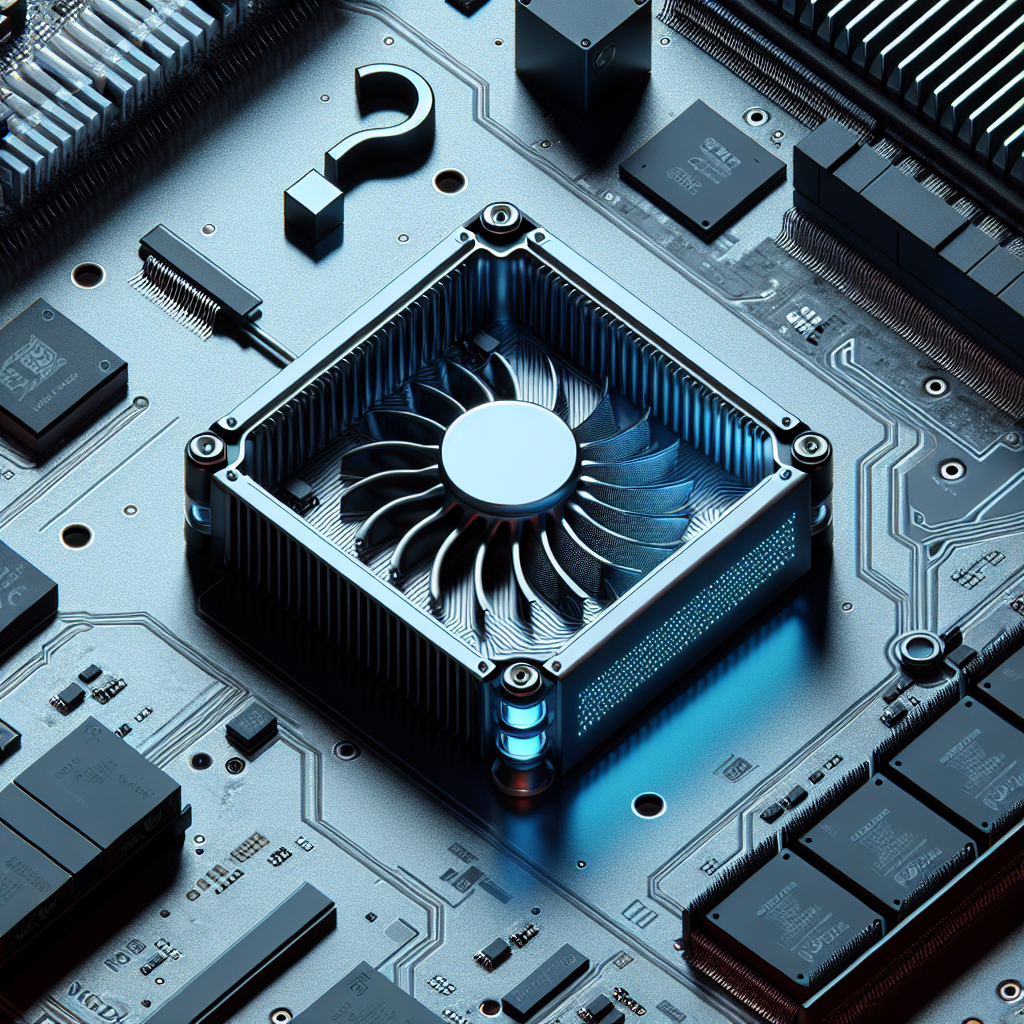Innovative Cooling Technology by Frore AirJet
The realm of compact cooling solutions has witnessed a notable innovation with the introduction of the Frore AirJet, a compact cooling solution that employs a unique membrane-based method to dissipate heat from internal components. Despite its groundbreaking approach, the original AirJet has seen a tepid response in terms of market adoption. In an effort to revitalize interest and address the shortcomings, Frore has unveiled the new AirJet Mini Slim. This latest iteration boasts an array of enhanced features, including:
– A thinner design
– Intelligent self-cleaning capabilities
– An advanced system that senses surrounding temperature to optimize cooling performance.
Collaboration and Case Study
In a strategic move to push the boundaries of cooling technology, Frore Systems partnered with Intel to incorporate the AirJet into the Intel Evo platform. This collaboration was highlighted by a case study that demonstrated the AirJet Pro’s ability to effectively cool a device resembling the popular Steam Deck. The synergy between Intel’s commitment to sleek, slim laptops and the need for quieter cooling solutions in gaming devices like the Steam Deck presented an ideal use case for the AirJet’s capabilities.
The potential benefits of the AirJet for devices such as the Intel Evo laptops and the Steam Deck are significant. The AirJet’s promise of a thin, powerful, and efficient cooling solution aligns perfectly with the design ethos of these devices, which prioritize portability and performance. However, despite the apparent advantages, the release versions of these devices and their subsequent refreshes have continued to rely on conventional cooling methods.
Market Adoption and Availability
The market adoption of the Frore AirJet technology has been limited, with a scant lineup of AirJet-enabled products available to consumers, such as the Zotac Zbox Pico P1430AJ, detailed in our article on Zotac’s revolutionary mini PC and the future of solid-state cooling. The device in question is the Zotac Zbox Pico P1430AJ, which holds the distinction of being the world’s smallest Mini PC. This system utilizes two AirJet Minis to expel an additional 10+ watts of heat, suggesting that the device primarily relies on efficient thermal throttling and passive heat dissipation, with the AirJets contributing as needed.
Despite the innovative nature of the AirJet technology, its current implementation in the market raises questions about its viability for broader applications, especially when considering the cooling demands of modern electronic devices.
Technical Challenges and Noise Concerns
Despite the innovative design of the Frore AirJet, there are technical challenges that may hinder its widespread adoption. One such issue is the limited cooling capacity of each unit, which is estimated to be around five watts. For modern devices with substantial cooling requirements, this capacity may prove insufficient. Although the AirJet units are stackable, which allows for increased cooling performance, the need to incorporate multiple units could potentially negate the benefits of their small form factor.
Noise concerns have also been raised regarding the AirJet technology. While there is a scarcity of audio or video evidence to accurately judge the noise levels, it has been noted by sources that the sound emitted by the AirJet, although not excessively loud, tends to be of a higher pitch compared to traditional fan setups. This characteristic high-pitched whine could be more irritating to users than the standard whoosh of air from conventional fans, possibly affecting the decision of manufacturers to adopt this technology for their devices.
The challenge of integrating the AirJet into device designs is further complicated by the need for specialized vent designs to mitigate noise caused by turbulent airflow. Manufacturers may be hesitant to invest in the necessary research and development to redesign chassis ventilation to accommodate the AirJet’s unique requirements.
Analysis of Limited Adoption
The Frore AirJet technology, while innovative and a creative solution to thermal management in electronic devices, has not seen widespread adoption. Several factors contribute to this hesitancy from manufacturers. The cooling requirements of modern electronics are significant, and the AirJet’s cooling capacity may fall short for high-performance devices. Additionally, the potential noise issues, particularly the high-pitched sound profile, could be off-putting for consumers accustomed to the lower frequencies of traditional fans.
Moreover, the integration of AirJet technology into existing device designs poses its own set of challenges. Manufacturers would need to invest in research and development to redesign the device’s chassis and ventilation system to accommodate the AirJet’s unique airflow characteristics. This investment in R&D, coupled with the potential need to address noise mitigation, adds layers of complexity and cost that many companies may be unwilling to undertake, especially for a cooling solution that has yet to be proven on a large scale.
In conclusion, while the Frore AirJet presents a promising approach to fanless cooling, the path to its acceptance in the market is fraught with technical and practical hurdles. Until these concerns are addressed, it is likely that the technology will remain a niche product rather than becoming a standard in electronic cooling solutions.

